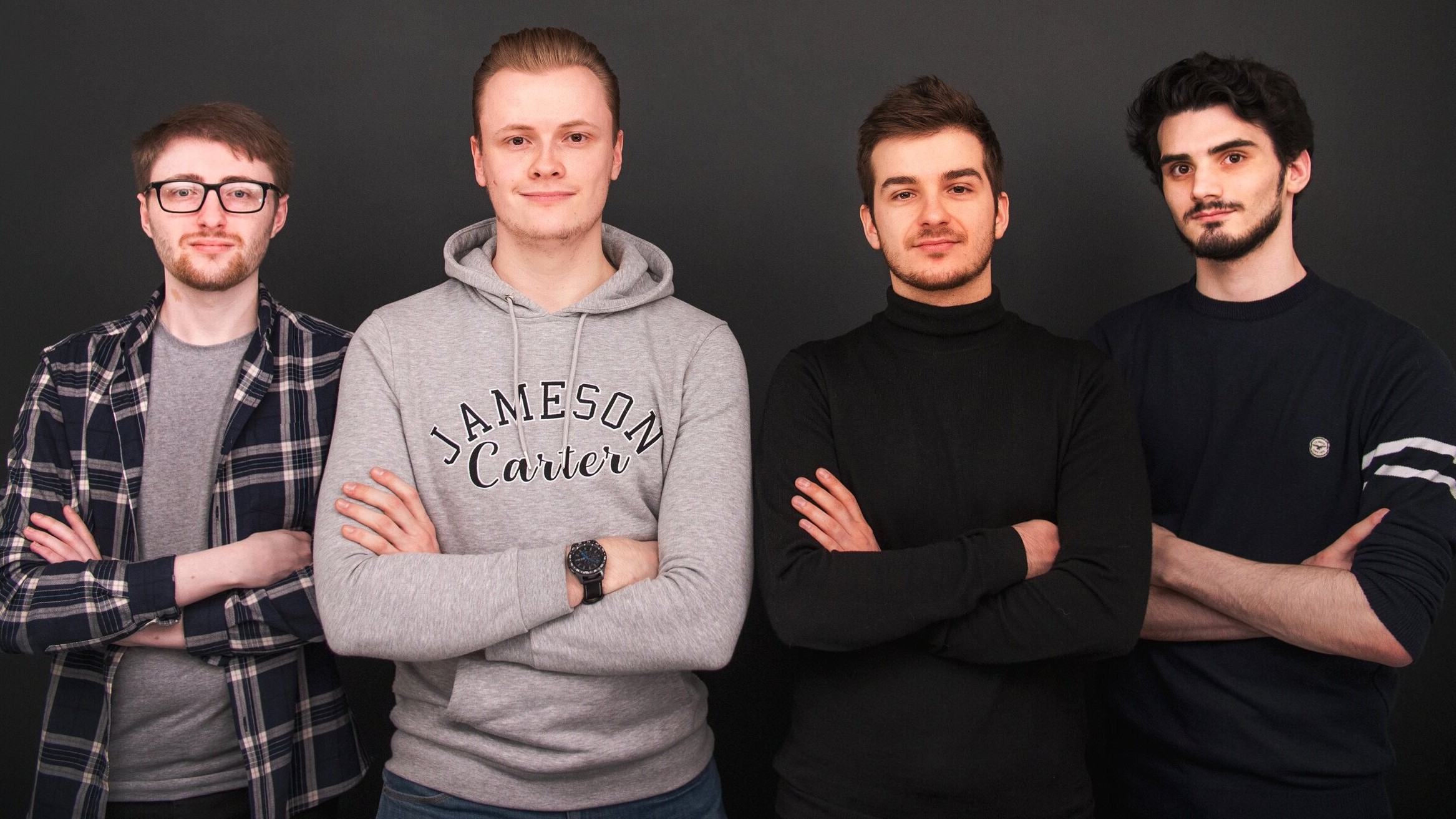VR and AR could be the future of UX design
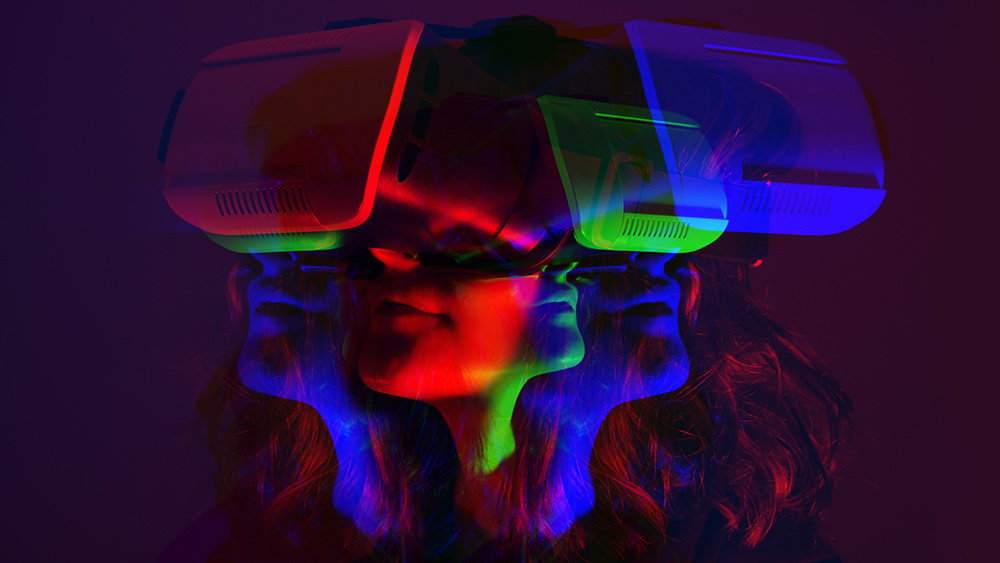
It feels like we've been thinking of AR and VR as the future for decades, but it seems that now they really are the next frontiers in UX design and UI design. And UX and UI designers who start looking at AR and VR today while they're still relatively niche areas could find it helps them to future-proof their careers
AR and VR have felt a bit like gimmicks so far, but many designers believe they'll develop hugely in the next five years and become much more mainstream. That will require people who can design appropriate user experiences and who can design virtual reality and augmented reality interfaces.
Today, UX and UI design is still often thought of in the context of screens – mainly desktop, tablet and mobile screens. But the internet of things, AR and VR are changing that. They'll require graphical user interfaces (GUIs) that can overlay the AR or VR experience.
Why is this important and what forms could this take? We get some thoughts from the contributors to our essential online UX design course, UX Design Foundations. Sign up for the course for a convenient, flexible way to learn all of the fundamentals of UX design, or complete our 2-minute survey for a chance to win a place on the course.
Virtual reality UX
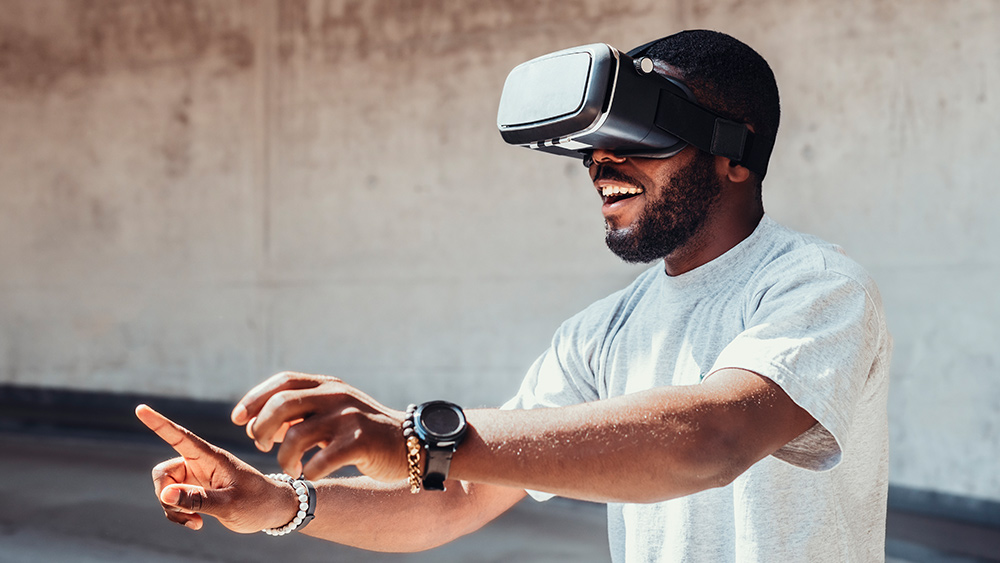
When designing UX for VR, designers need to be in mind that VR is a more physical experience, involving more of the senses. Gloves can allow users to feel like they are touching things, for example. We've seen physical feedback devices used in web and app UI in the sense of vibrations, such as to warn when an action is incorrect or hasn't worked. But VR takes this to a new level.
To experience virtual reality, people usually put a headset to be transported into a virtual world and they use controllers to navigate the virtual world. With the latest headsets, our hands can be recognised in virtual world, so we are able to pick up objects with our hands and use gestures to navigate. That creates an opportunity to think about completely new interfaces.
Agnes Pyrchla, product manager at Planet Labs and a contributor to our course, says: "User experience so far has been very flat and very screen oriented. And we're really starting to experiment and play with other ways of creating user experiences."
Daily design news, reviews, how-tos and more, as picked by the editors.
Advanced virtual reality site experiences involve things like haptic vests that can allow a user to feel, for example, a hit on the body. "Think about if you are in a Rover on Mars or in some other world. As you're driving this Rover, you experience the motion of being in a cockpit," says Maya Georgieva, who teachers at Parsons School of Design. "That means that you will experience different compressions on your body. The bodysuit will start giving you that sense of moving."
Another possibility is voice. We now have voice user interfaces that don't require somebody to look at a screen. "Imagine meeting a character in virtual reality and being able to converse with them and be able to hear about the world," Georgieva says. "They can welcome you. They can greet you. They can actually give you instructions or directions on how to experience the world. It's an incredibly powerful interface to explore."
This could serve for learning solutions. VR coaches could teach us everything from how to play a musical instrument to how to move the body. "This is incredibly powerful. I think the convergence of virtual reality and artificial intelligence will get us to incredibly social and collaborative worlds of co-creation of humans and artificial intelligence in the future," Georgieva says.
Orbits develops virtual venues around a map-style interface. Chief creative officer Nena Salobir says there are some things the market isn't yet ready for – yet: "We were developing VR experiences and we had a vision with a VR camera and the market wasn't ready for that. It's not at the point where my father can go to a virtual venue in VR. They're not really able to stay in it for a long period of time 'cause it's not quite human friendly yet."
Augmented reality UX
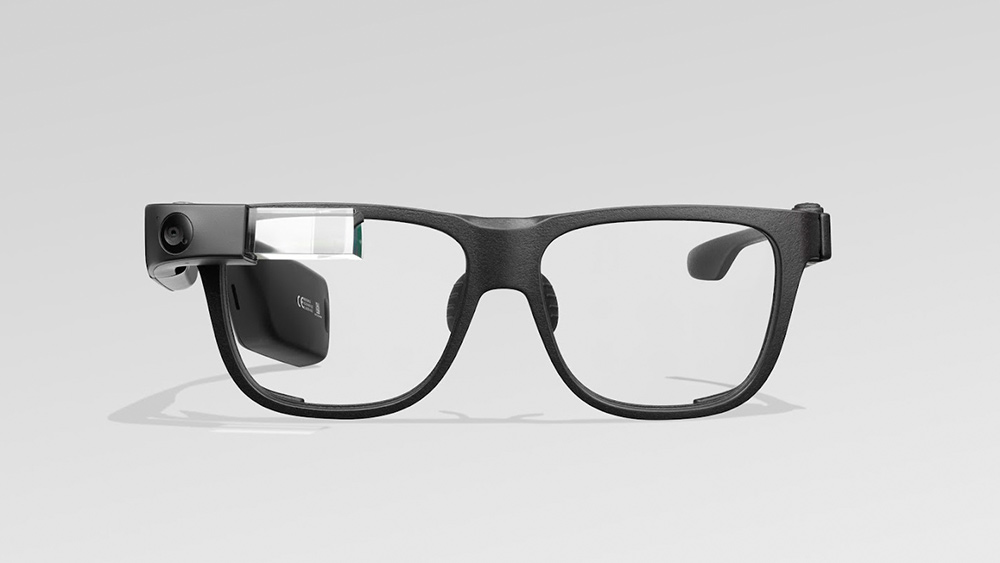
Augmented reality places digital assets or objects on top of the physical world. For now, we often experience augmented reality by using our phones. Augmented reality might help us navigate the world, or they might just surprise us.
Google Glass did this years ago. For example, you could walk through Paris and get directions, information and see any text on signs translated into English. However, Google Glass hasn't appealed to consumers. It's seen as too nerdy, and too conspicuous. But that won't be the end of augmented reality, which allows real engagement with other people while getting an additional layer of data.
Lachlan Philips, CEO of the virtual events company, says what he's most interested in are the possibilities for a layer of shared data. "So less about, oh great, I can check my email in the middle of the space over here, or cool, I've got a new notification that comes and bugs me in front of my eye. It's more about how we create a shared, creative interactive world sp when I see something, you see something," he says. That way the augmented layer "becomes a conduit for human connection."
John Bricker, creative director and principal at Gensler, sees implications for the built environment too. "Pushing content to individuals, in a digital way, based on who you are, your persona and what data knows of you is going to be the future," he says. "It'll feel effortless for the user because the building knows me and knows my needs."
His company's Intelligent Places sensor technology can be embedded into built environments that help clients understand how space is used. It can highlight areas of hotspots and help rearrange a space to give a client a perspective on what the best scenario is best. "The involvement of smart buildings, intelligent places and data are gonna become so much a part of the building infrastructure going forward. And how it evolves from here, I think is this idea of seamlessness in integration."
Mixed reality UX
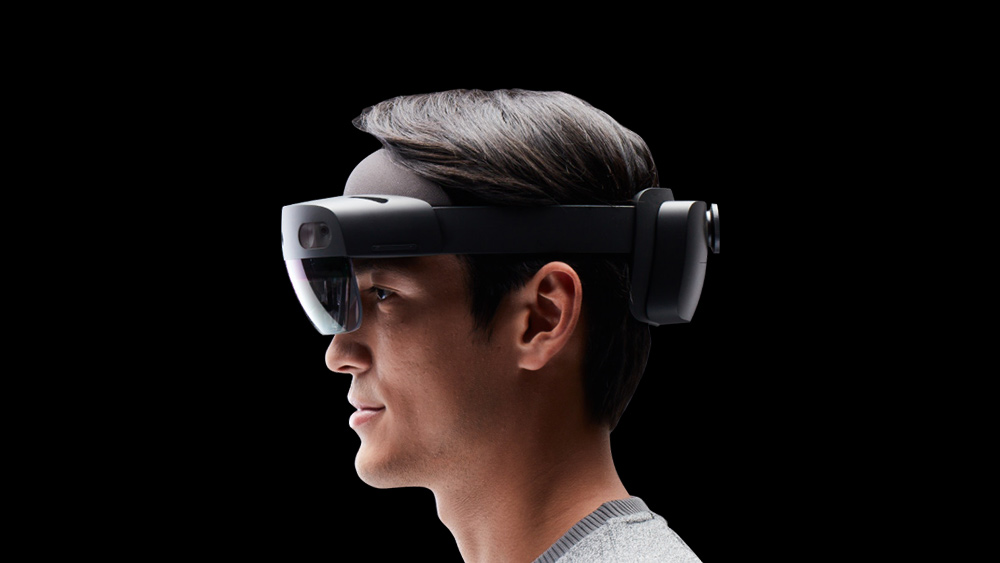
Mixed reality has been used to describe things like Microsoft HoloLens or Magic Leap. It still appears like a headset, but objects don't just appear on top of the physical world. Cameras scan the world around you, so they understand the world.
If you have a digital tennis ball and throw it against the wall, in mixed reality, it will bounce back. It will understand the boundaries of the real world. So in mixed reality, things co-exist and understand each other and they're able to interact.
"It's a fascinating world. And I think this is probably where we'll find ourselves living a lot in the future," Georgieva says. "Designing an extended reality, virtual, augmented and mixed reality is a new and fascinating field. It has so many opportunities and we are just at the beginning. So I think it's not thinking about what you don't know it's actually exploring all that you can learn by trying new things, thinking in new ways."
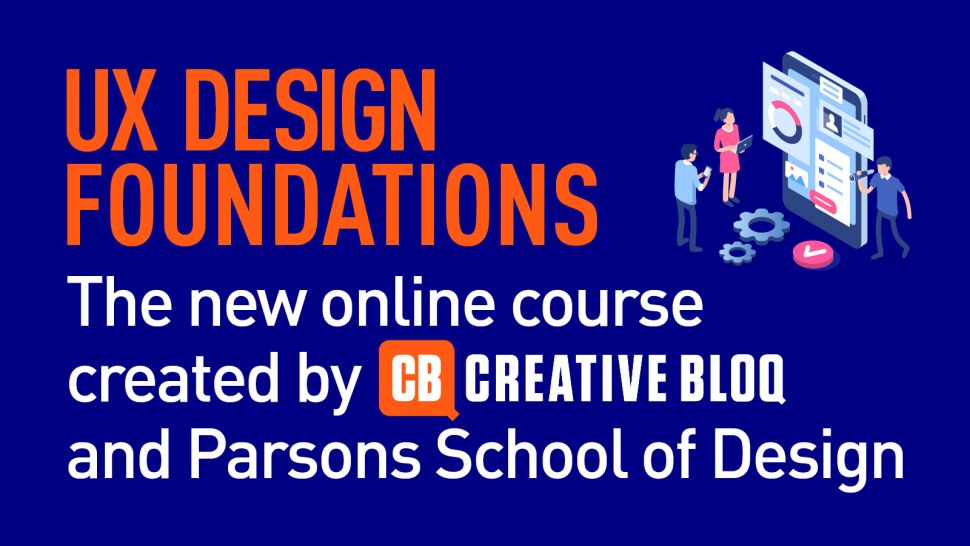
Learn more about the future of UX and UI on our 100% online UX Design Foundations course.
Read more:

Joe is a regular freelance journalist and editor at Creative Bloq. He writes news, features and buying guides and keeps track of the best equipment and software for creatives, from video editing programs to monitors and accessories. A veteran news writer and photographer, he now works as a project manager at the London and Buenos Aires-based design, production and branding agency Hermana Creatives. There he manages a team of designers, photographers and video editors who specialise in producing visual content and design assets for the hospitality sector. He also dances Argentine tango.
